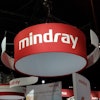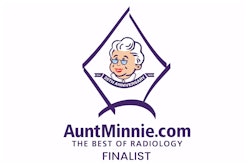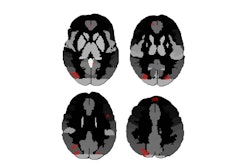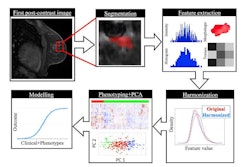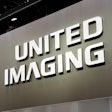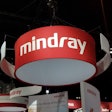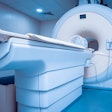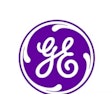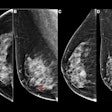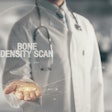Dear AuntMinnie Member,
In 2021, the U.S. Preventive Services Task Force (USPSTF) expanded the pool of people eligible for lung cancer screening (LCS) via low-dose CT. But uptake of the test remains low: In 2022, only 18% of those eligible underwent the exam.
A team of researchers from Massachusetts General Hospital investigated whether rates of compliance with other screening tests -- for breast or colorectal cancer, for example -- could shed light on how to improve LCS uptake. Click here for their results.
Once you've read that article, navigate over to our CT content area for more of our reporting on the modality, including the following:
- An AI tool designed for coronary CT angiography can identify women at high risk for major adverse cardiovascular events (MACE)
- PET/CT exams indicate that a coronary artery calcium score of 0 is an accurate indicator of low coronary heart event risk -- even as a person ages
- Adding thoracic aortic calcification data to coronary artery calcification AI models could serve as a risk prediction biomarker for CAC in asymptomatic patients undergoing chest CT
- Nociceptive responses to contrast CT aren't necessarily pathology
- CT can reveal autoimmune features linked to indeterminate pneumonia
Also this month, we covered controversy over a U.S. Centers for Medicare and Medicaid Services (CMS) measure for reporting CT radiation dose, with the American Association of Physicists in Medicine (AAPM) declaring that the measure is rife with "ambiguities" and offering a 20-point list of how these ambiguities can be resolved, while others defended the measure, stating that it was "developed in collaboration with a technical expert panel which included medical physicists, radiologists, quality measure developers, and patient representatives."
We take pride in offering AuntMinnie.com readers up-to-date coverage of CT's many capabilities. If you have CT-related topics you'd like us to consider, please contact me.
Kate Madden Yee
Senior Editor
AuntMinnie.com

